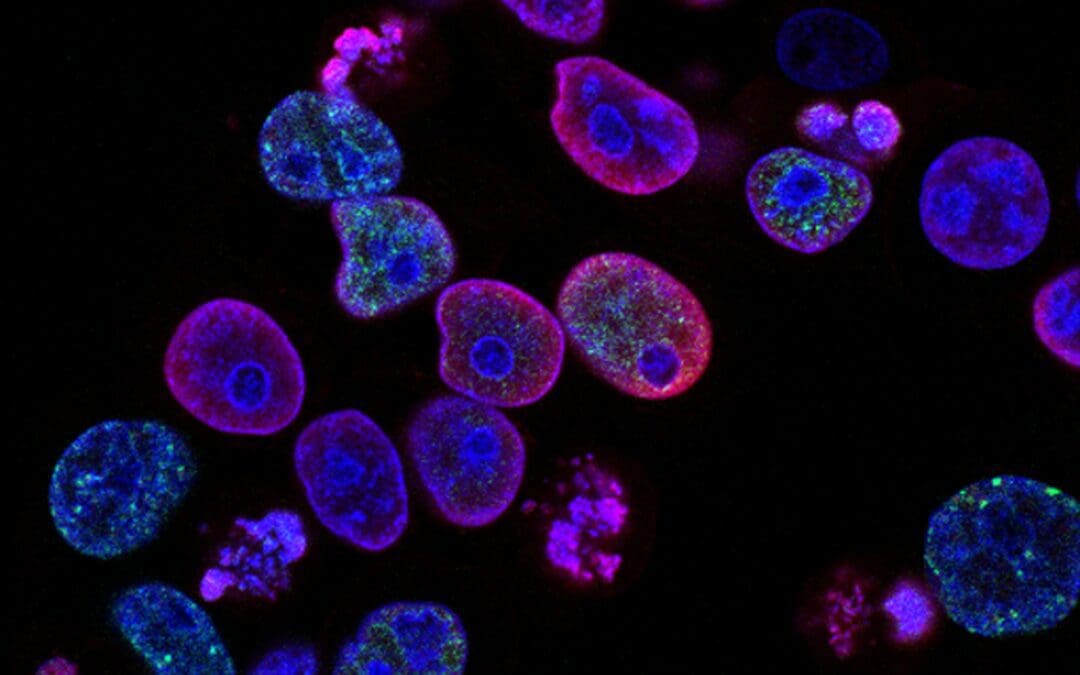5-Fluorouracil (5-FU) and 5-fluorodeoxyuridine (FdUrd, floxuridine) have activity in multiple tumors, and both agents undergo intracellular processing to active metabolites that disrupt RNA and DNA metabolism. These agents cause imbalances in dNTP levels and the accumulation of uracil and 5-FU in the genome, events that activate the ATR-and ATM-dependent checkpoint signaling pathways as well as the base excision repair (BER) pathway. Here, we assessed which DNA damage response and repair processes influence 5-FU and FdUrd toxicity in ovarian cancer cells. These studies revealed that disabling the ATM, ATR or the BER pathways using small inhibitory RNAs did not affect 5-FU cytotoxicity. In stark contrast, ATR and a functional BER pathway protected FdUrd-treated cells. Consistent with a role for the BER pathway, the poly(ADP-ribose) polymerase (PARP) inhibitors ABT-888 (veliparib) and AZD2281 (olaparib) markedly synergized with FdUrd but not with 5-FU in ovarian cancer cell lines. Furthermore, ABT-888 synergized with FdUrd far more effectively than to other agents commonly used to treat ovarian cancer. These findings underscore differences in the cytotoxic mechanisms of 5-FU and FdUrd and suggest that combining FdUrd and PARP inhibitors may be an innovative therapeutic strategy for ovarian tumors.
“The plates were incubated for 4 d, reacted with MTS and phenazine methosulfate as instructed by the supplier for 2 to 3 h, and absorbances at 490 nm were determined. .. Cells were irradiated with a RS-2000 Biological Irradiator, Rad Source (Suwanee, GA) 4–6 h after plating.”

